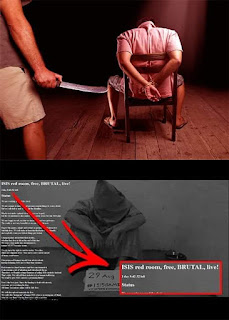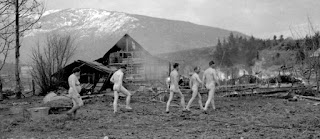Nothing triggered panic in Great War soldiers more than the sound of a gas alert and the shout of ‘gas, gas.’
‘Gas! GAS! Quick, boys!’
Nothing triggered panic in Great War soldiers more than the sound of a gas alert and the shout of ‘gas, gas.’
Clouds of insidious gas invoked in their minds ‘ghosts, phantoms and other things associated with death.’
In April 1915 the German army first released chlorine gas on the Western Front from pressurised cylinders. Thousands of allied troops were smothered in a ghostly green cloud of chlorine at the second Battle of Ypres.
One observer described gassed soldiers tumbling back from the front line. ‘I have never before seen men so terror stricken, they are tearing at their throats and their eyes were glaring out.’
‘The poor things,’ recorded a treating nurse, ‘with blind eyes, all sticky and stuck together, and always fighting for breath, with voices a mere whisper.’
Wilfred Owen's most famous poem ‘Dulce et Decorum Est’ vividly described the horror of gas; its evocative imagery still endures in our collective memory.
While only one percent of soldiers died from gas exposure, the casualties it caused were disproportionately high.
Photograph credit: The Faces of World War 1











Comments
Post a Comment